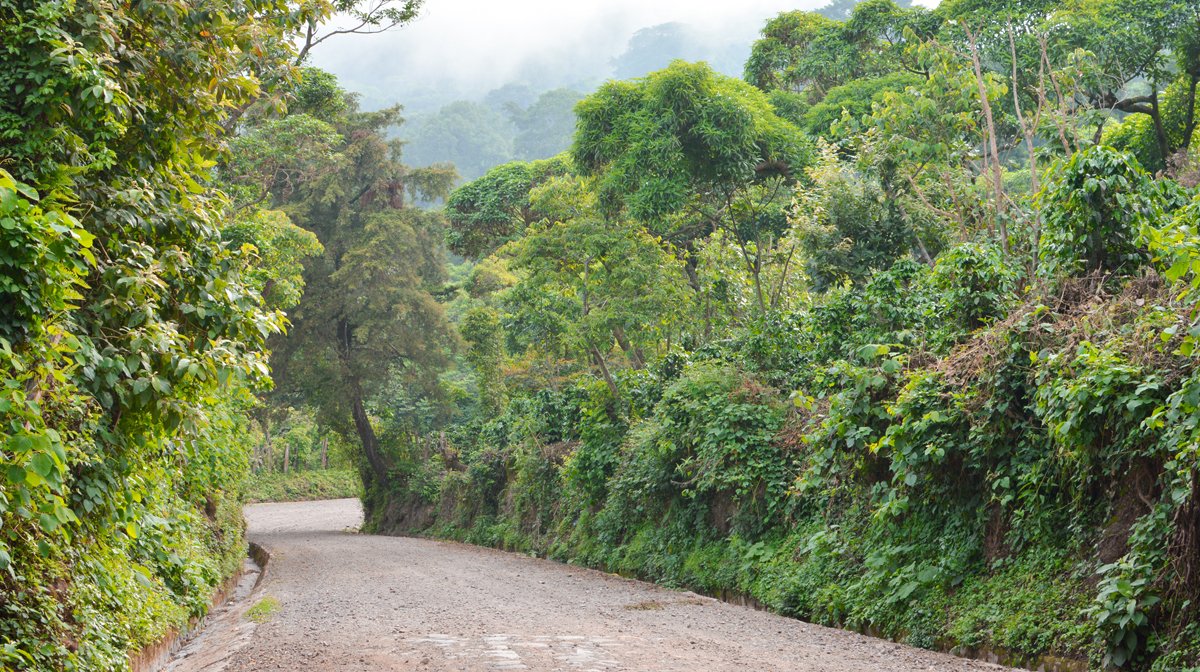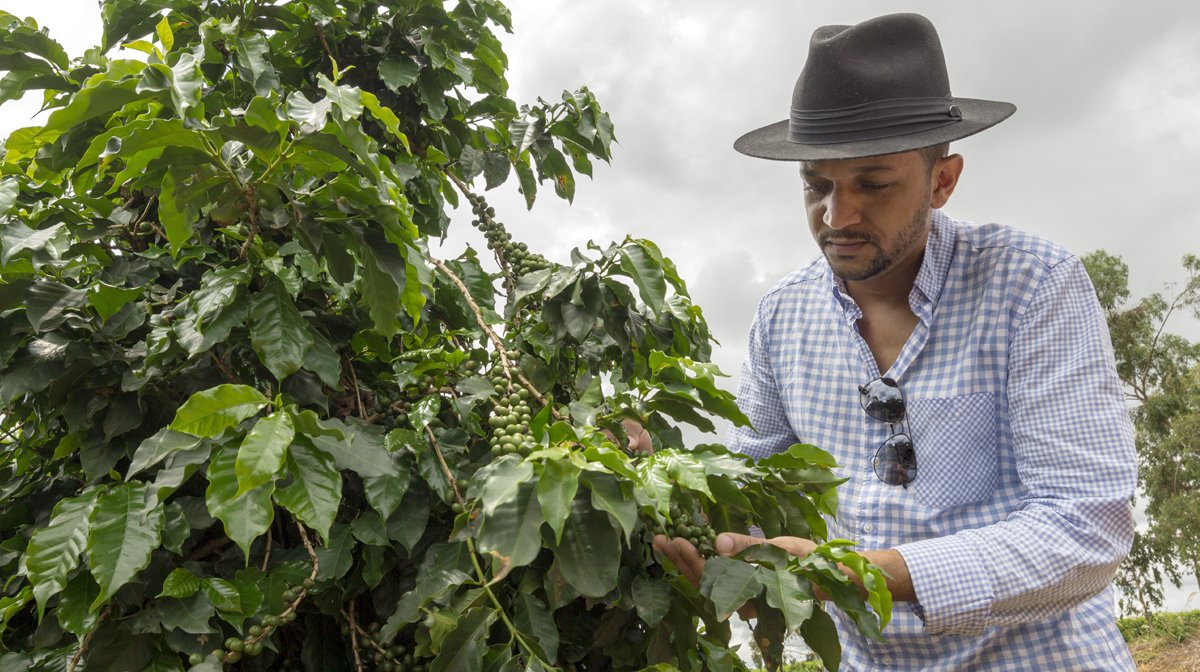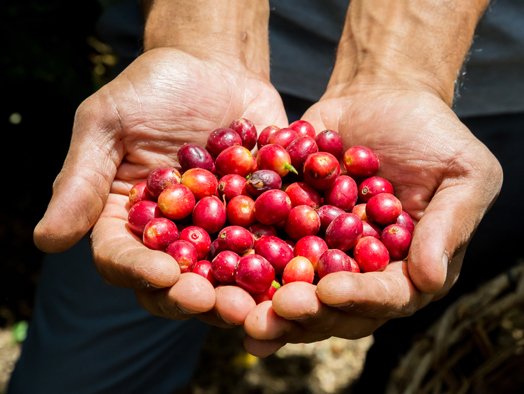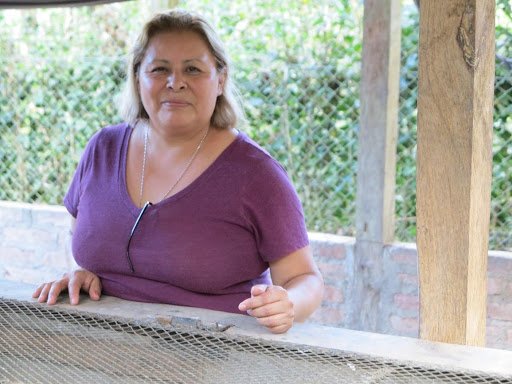Nicaragua
Crisis And Coffee In Nicaragua
OBSERVATIONS AND THOUGHTS ON THE 2019 CROP
Coffee production has been growing over the last 5 years to hit a projected volume of 3 million 46 kg bags for the 2019 crop. It is the second largest contributor to the GDP, generating US$ 450 million in export value. It’s considered a secondary mild and used primarily as a blender by roasters. It’s been at the forefront of the Fairtrade and organic movement over the last 25 years.
THE CRISIS
It started in April 2018 with the government raising social security taxes and reducing payouts. Resulting civilian protests spiraled into a brutal stand off as the government put down any and all resistance with live fire, beatings and political arrests. Since April more than 500 civilians have been shot dead by the police and para-military and over 800 civilians arrested and incarcerated as political prisoners, some of whom have not been see for several months. Today there is an uneasy calm, especially in the cities, with small groups of riot police located all over the city. Under the threat of arrest of all their reporters the last of the free-press was forced to flee to Costa Rica last month.
The economy is in free-fall. Prior to April 2019 GDP was growing at 4.5 – 4.8 % For the last quarter GDP was minus 7%. Capital flight from the banks is now at US$ 1.8 billion dollars over the last 10 months. All bank finance and certificate of deposits are frozen as the banks try to prevent their reserves dipping below their allowable minimums. The central bank has released additional cash but it’s nowhere near enough. Meanwhile, the government has just raised social security taxes by a substantial amount. Additionally, the government is just about to raise export taxes from 1% to 3% as they scramble for revenue that is drying up quickly.
THE CROP
I traveled into Madriz and Nueva Segovia and then back down into Matagalpa. As expected all the dry mills were full, with coffee piled up in the patios in the commercial mills giving me the impression that many of them were short on space. We visited a limited number of plantations. In Nueva Segovia the plantations we saw were between 900 – 1000 mts and had finished picking. The last of the crop was drying on the patios. In Matagalpa the plantations were at 1400 mts and had another two weeks to go. Everyone we spoke to said that the crop had been very good. It started late, but had finished early. They said weather conditions had been perfect, with good even cherry ripening and an easy crop for pickers to harvest. Further-more drying conditions have been excellent with no issues (as last year) of late rains delaying the drying process. In the case of the mill in Ocotal that we visited they explained that the coffee was taking 9 – 12 days to dry compared to the 22 days to dry last year.
I pressed on the cost of production and was told that for the larger producers it was running at 140 cts/lb and for small producers with much lower input costs and family labor 120 cts/lb. In this down market the coop that I spoke to was still managing to pay producers above the cost of product. They estimated that with fair trade representing 30% their total sales they would be able to pay the producer an average of 125 – 130 cts/lb after all costs had been accounted for. A critical point to bear in mind as those of us who decide to support the producers through the crisis – fair tade and specialty coffees pricing are providing a tremendous safety net to Nicaraguan business.
Travel

I found travel to be straight forward. The roads are incredible, no potholes at all and better than the roads in my home area of northern Virginia. But everyone warned us to be extremely cautious. No traveling after dark, it is potentially dangerous for everyone including the hosts. Furthermore, we were told police road checks are now common. We experienced this, being stopped once and thoroughly questioned, with the police clearly being coordinated via an unmarked vehicle at the side of the road. We were told on several occasions, it’s calm now but it could easily change.
THE FUTURE
Unless something changes very quickly, bank financing will not be available to producers for 2019 into the 2020 crop. Those we spoke with are making contingency plans. One of the coops discussed how they would start to tap into their reserves to support producers in the most critical areas of production management. A larger producer spoke of an outside institution that would continue with short-term financing. I heard that the larger exporters were also helping out where possible. It is possible the Nicaraguan coffee industry will contract as those who want to get out will leave, but there is a resilient determination among many others. As several Nicaraguans told me, they have been through crises before and they have a living memory of the ’80s under a similar situation.
KEY TAKEAWAYS
- The 2019 crop is good and quality expectations are high.
- Fairtrade and specialty coffee prices have given some coops and their members sufficient support to cover costs in an extremely difficult market
- Commercial coffees are well below the cost of production. Production costs for small producers about 120 cts/lb and large producers about 140 cts/lb.
- The political and economic situation is in crisis and may well get a lot worse before it gets better. As a result and due to the freezing of production, finance in the coffee industry could easily contract by 20 – 25% next year.
- Producers are determined to work through the crisis, they have been through crises before. But they need the support of the coffee industry, at least those who believe Nicaraguan coffees are important to them and to the industry.




